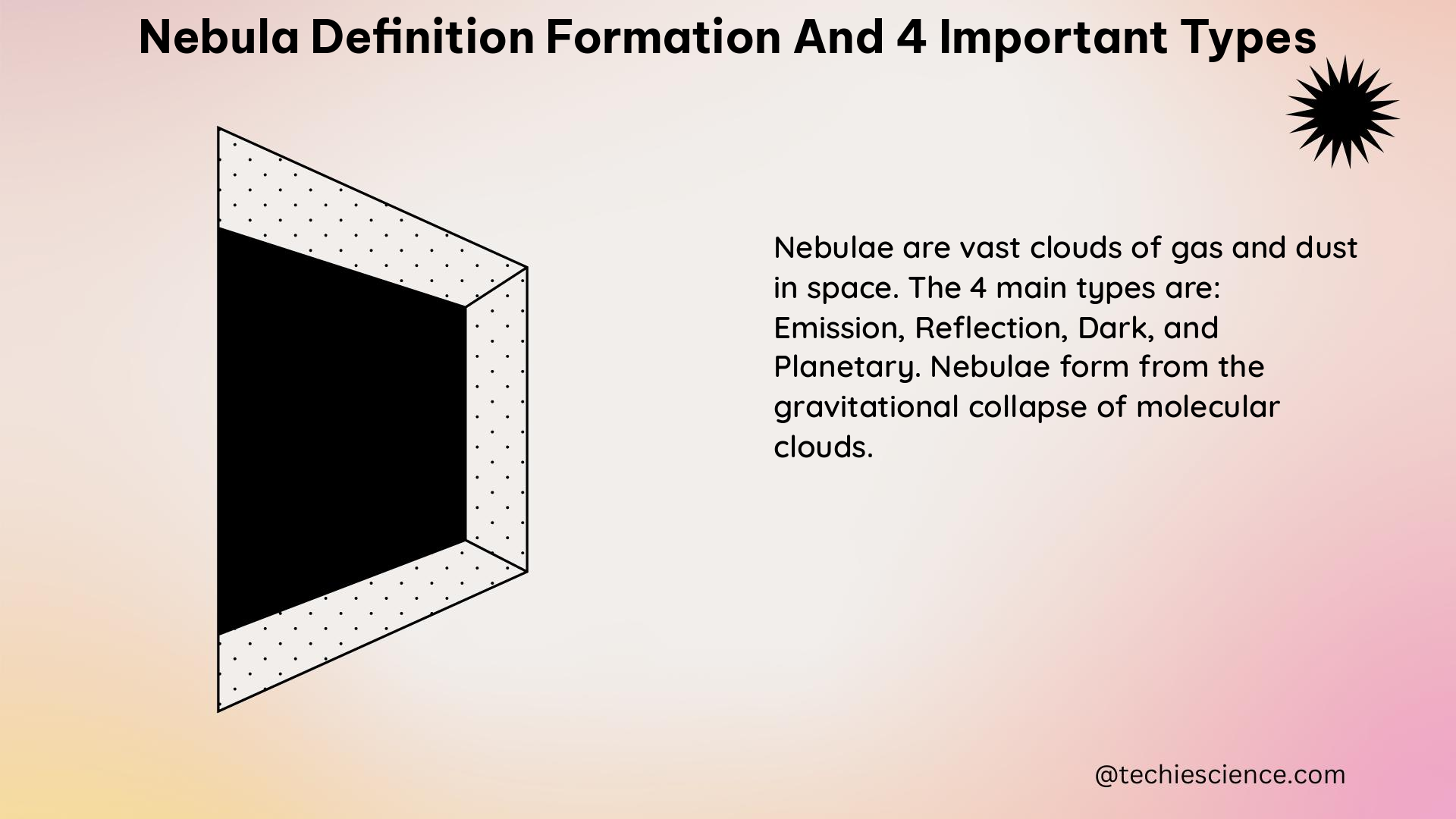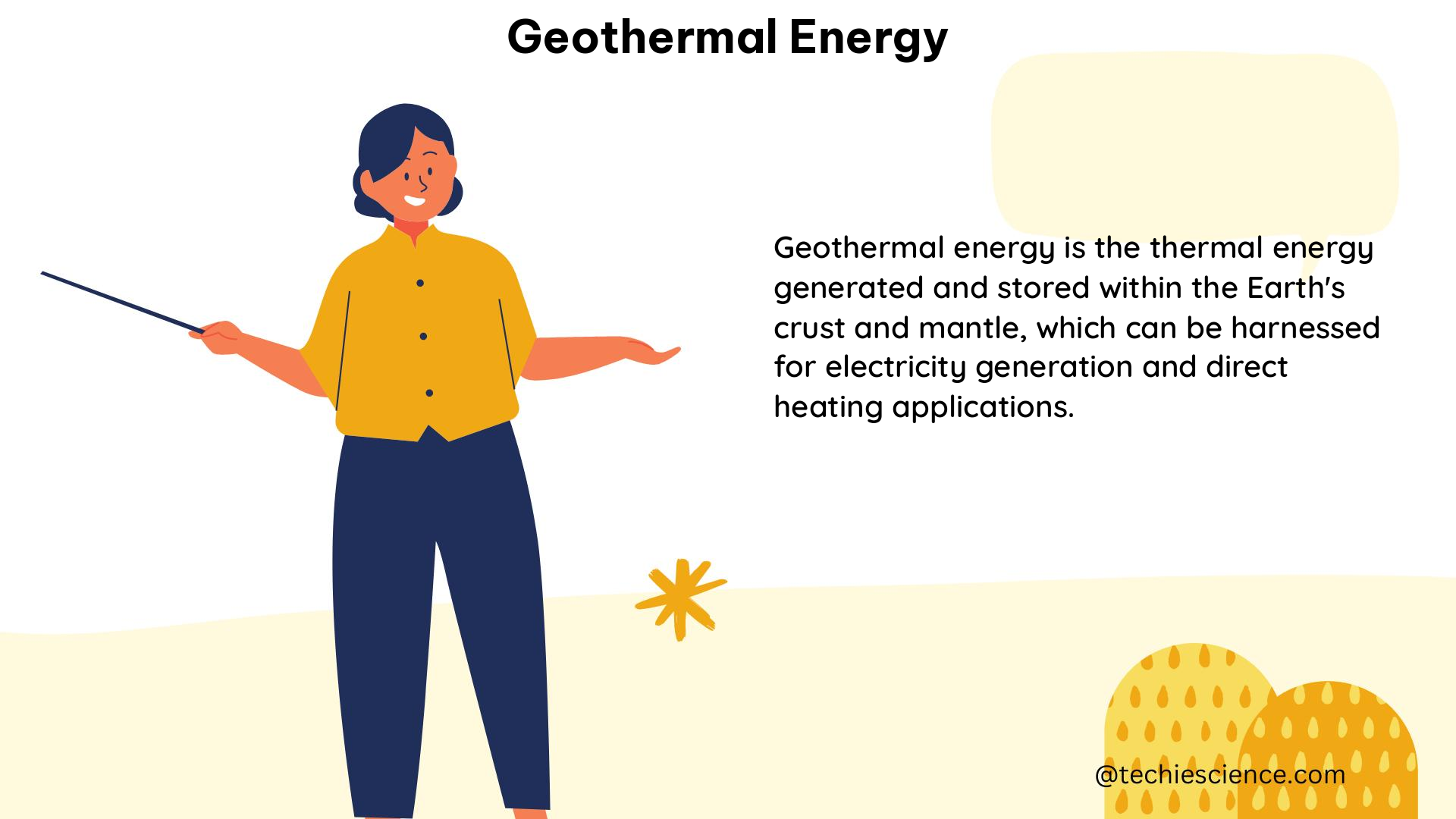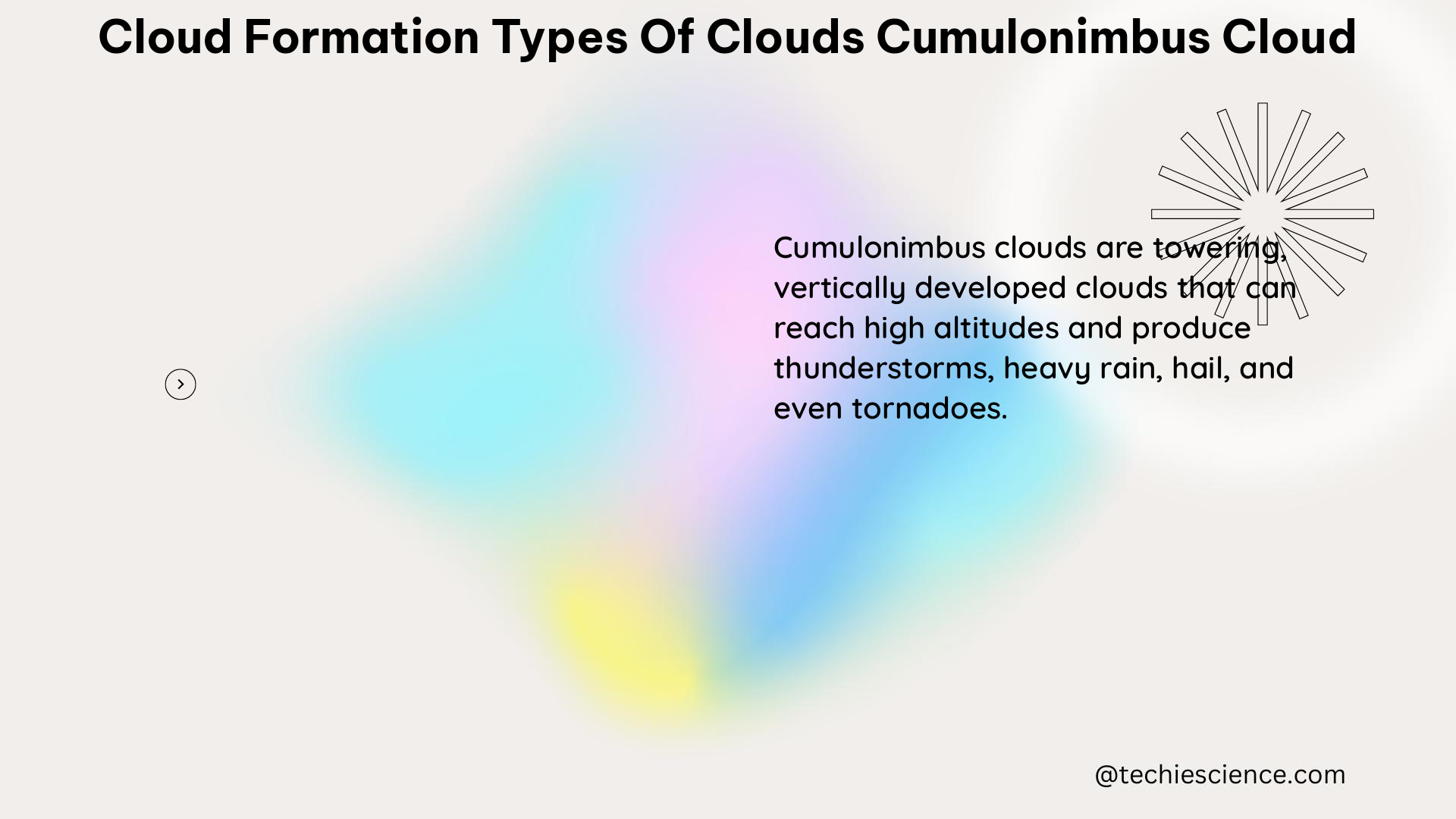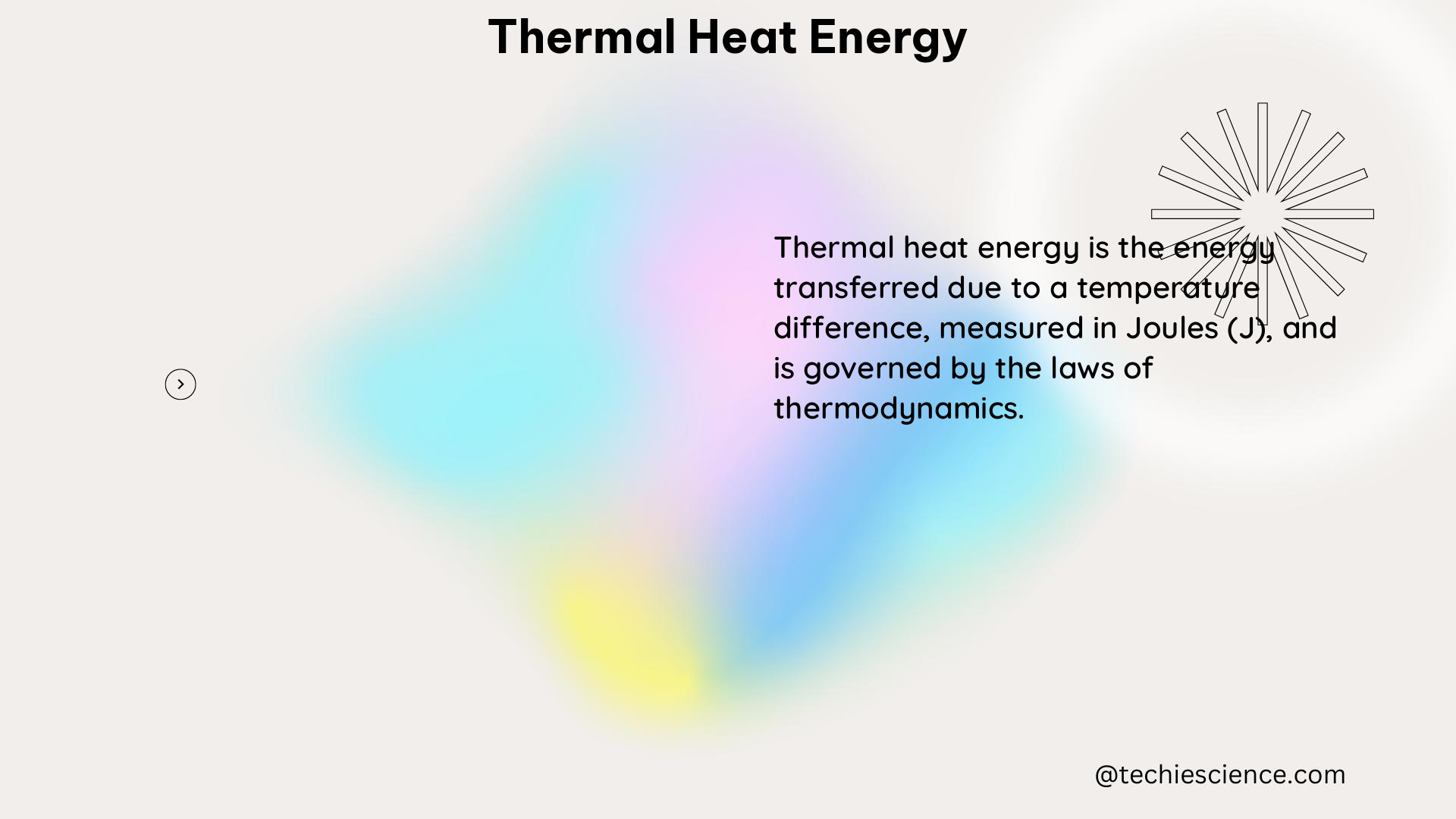Summary
Galaxies are vast, gravitationally bound systems of stars, stellar remnants, interstellar gas, dust, and dark matter. The formation and evolution of galaxies are fundamental topics in astrophysics and cosmology. This blog post explores five interesting facts about galaxy definition and formation, providing a comprehensive and technical guide for physics students.
1. Galaxy Classification
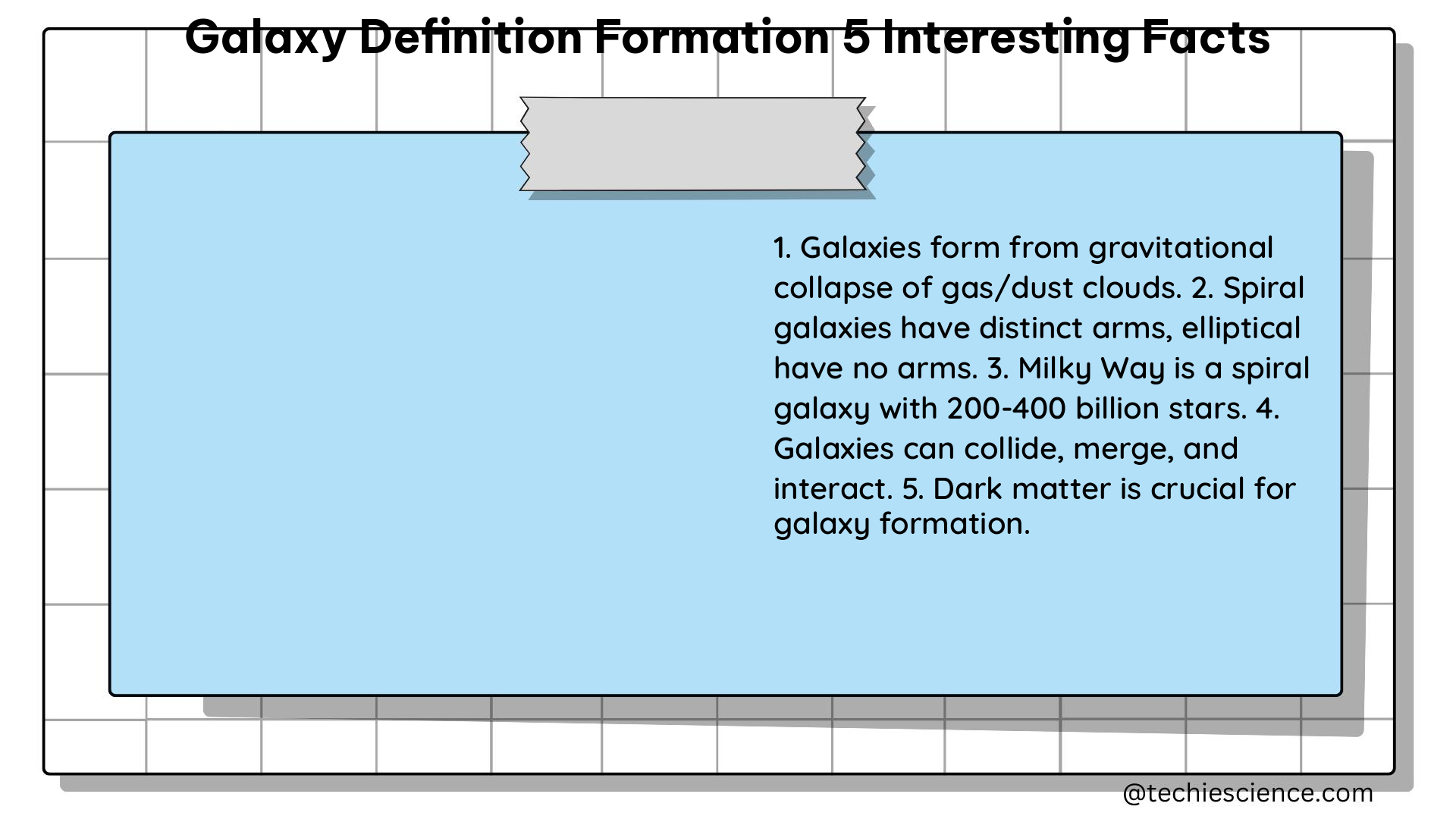
Hubble’s Scheme
The Hubble classification system, developed by Edwin Hubble, is a widely used scheme for categorizing galaxies based on their visual appearance. This scheme divides galaxies into three main types: spiral, elliptical, and irregular. Spiral galaxies are further classified into subtypes based on the presence and structure of their spiral arms, while elliptical galaxies are classified by their degree of ellipticity.
Sérsic Profile
The Sérsic profile is a mathematical function used to describe the surface brightness distribution of galaxies. The equation for the Sérsic profile is:
$I(r) = I_e \exp \left( -b(n) \left( \frac{r}{R_e} \right)^{1/n} \right)$
where $I(r)$ is the intensity at radius $r$, $I_e$ is the intensity at the effective radius $R_e$, $n$ is the Sérsic index, and $b(n)$ is a function of $n$. The Sérsic index $n$ is a measure of the galaxy’s light profile, with lower values corresponding to more extended, disk-like profiles and higher values corresponding to more concentrated, bulge-like profiles.
2. Galaxy Formation
Redshift
The formation of galaxies is believed to have started around a redshift of $z = 5$, with only a tiny fraction of stars forming prior to that time. By $z = 3$, galaxy formation had started in earnest, and the midway point for star formation was reached around $z = 1-1.5$. Redshift is a measure of the expansion of the universe and is related to the distance and age of a galaxy.
Cold Dark Matter Model
The Cold Dark Matter (CDM) model is the standard model of galaxy formation, which predicts that galaxy formation is a gradual process punctuated by major merging events. These merging events trigger intense bursts of star formation and can lead to the transformation of disk-like galaxies into more spheroidal, elliptical-like structures.
3. Galaxy Structure
Morphological Types
Galaxies can be classified into different morphological types, including spirals, ellipticals, and irregulars. Spiral galaxies are characterized by their distinctive spiral arms, which can be either barred or unbarred. Elliptical galaxies are smooth, featureless systems, while irregular galaxies have no clear structure.
Parametric Measurements
Integrated light profiles, such as the Sérsic profile, are used to quantify the structural properties of galaxies. The Sérsic index $n$ and the effective radius $R_e$ are two fundamental parameters that describe the overall shape and size of a galaxy’s light distribution.
4. Galaxy Evolution
Cosmological Framework
The standard model of cosmology, based on the cosmological principle and general relativity, provides the framework for understanding the formation and evolution of galaxies. This model sets the initial and boundary conditions for galaxy formation, such as the distribution of matter and the expansion of the universe.
Hierarchical Clustering
Galaxies tend to form first near high peaks of the density field, leading to a biased view of the underlying mass distribution. This process, known as hierarchical clustering, is a key feature of the standard model of galaxy formation and evolution.
5. Galaxy Distribution
Clusters and Superclusters
Galaxies are often found in clusters, which are groups of galaxies bound together by their mutual gravitational attraction. These galaxy clusters can then be grouped into even larger structures called superclusters, which can measure hundreds of millions of light-years across. These superclusters are separated by nearly empty voids, giving the universe a network-like structure.
Large-Scale Features
The hierarchical model of galaxy formation reproduces observed large-scale features of the universe, such as the existence of voids and the “great wall” – a vast, sheet-like structure of galaxies spanning hundreds of millions of light-years.
References
- Britannica. (n.d.). Galaxy | Definition, Formation, Types, Properties, & Facts | Britannica. Retrieved from https://www.britannica.com/science/galaxy
- Conselice, C. J. (n.d.). Galaxy Structure. Retrieved from https://ned.ipac.caltech.edu/level5/March14/Conselice/Conselice2.html
- UMD Astronomy. (2024). Galaxy Formation and Evolution. Retrieved from https://www.astro.umd.edu/~richard/ASTRO620/MBW_Book_Galaxy.pdf
- Physics World. (1999). How are galaxies made? Retrieved from https://physicsworld.com/a/how-are-galaxies-made/


